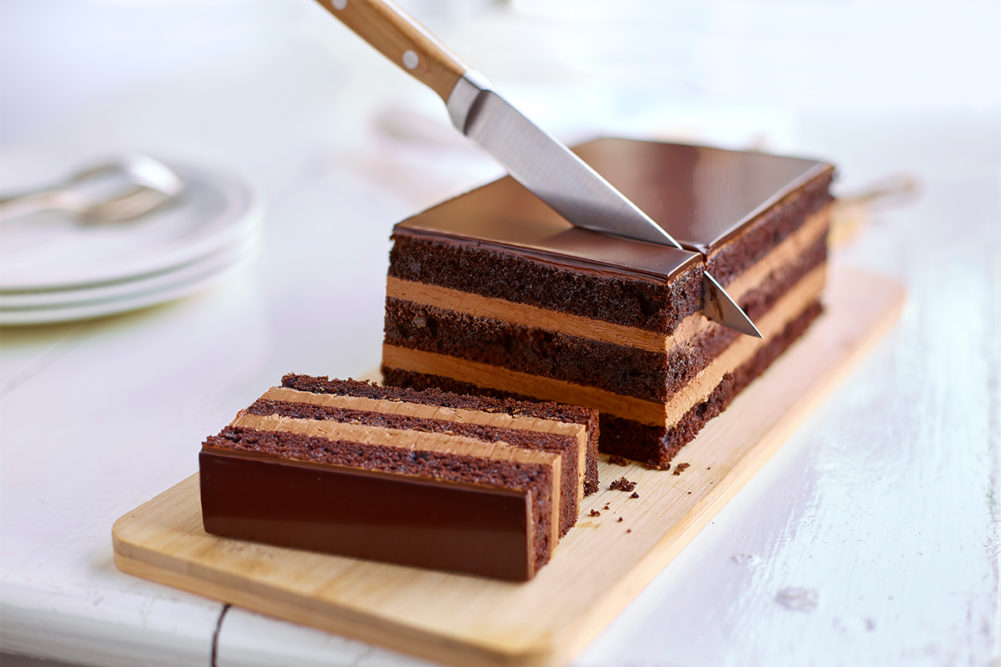Bakers have many considerations to make when choosing between chocolate and compound coatings when dipping baked goods. Both are sold in blocks, smaller pieces such as coins and in liquid form.
“Coatings are heavily used in the chocolate confectionery space for applications such as truffles, peanut butter cups and more,” said Gretchen Hadden, marketing manager, cocoa and chocolate, Cargill. “They are perfect for enrobing, dipping, bottoming, coating and drizzling applications. Whether it’s an ice cream bar enrobed in compound or a hearty nutrition bar bottomed with chocolate, coatings offer endless possibilities. When working with chocolate coatings, manufacturers must have the proper equipment and expertise for handling the chocolate, which unlike inclusions, often requires melting and tempering.”
Chocolate contains cocoa butter, which requires careful temperature control. It needs to be crystallized properly to avoid fat and sugar bloom and ensure a nice shine and snap.
“You have to take the cocoa butter structure, break it down completely to where it’s not tempered, and then you have to bring it back to that solid state and make sure that all the crystals in the cocoa butter realign so you get a nice temper and you get the nice mouthfeel,” said Josiah Huelle, senior chocolate technician at Puratos.
Compounds contain cocoa powder and a different form of fat, so they don’t need tempering. This makes them easier to work with and more cost effective. However, products made with them cannot be called chocolate.
“For compound chocolate, usually the first ingredient is sugar, then cocoa powder and then the fat,” Mr. Huelle said. “Some people prefer the compound flavor profile for certain applications because it has more upfront robust cocoa notes.”
Compounds are applied at higher temperatures (110-120°F vs. 80°F range for chocolate), which means the coating will be thinner, although compounds do have different viscosities, he added. Also, compounds are sweeter but won’t have the long-lasting flavor of real chocolate.
Compounds’ higher melting point provides an advantage for warmer climates, however, Mr. Huelle explained. A baker making dipped cookies in Minnesota might make different choices than one in Florida because of the climate. A chocolate-coated cookie will melt in a hot, humid climate faster than one that’s coated with a compound.
“It’s not a huge difference, but that 5 degrees can make a big impact,” he said.
Compounds offer other advantages as well.
“While a compound has some limitations, it also has many advantages, including flavor and color flexibility, opportunity to nutritionally enhance its profile, and even handling flexibility,” Ms. Hadden said.
This article is an excerpt from the June 2021 issue of Baking & Snack. To read the entire feature on Chocolate, click here.





